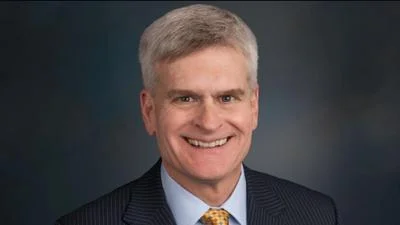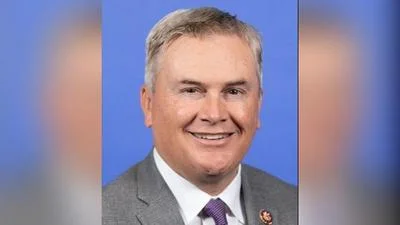Good morning, and welcome to our witnesses and audience members. Thank you for being here.
Last month, most hard-working, honest Americans timely filed and paid their taxes. Today, we will examine the costs associated with those who did not, including the lost revenue and lost confidence in our tax system.
Our hearing today will focus on understanding the tax gap, which is simply the difference between what people owe and what they pay on time. It provides a rough estimate of the level of overall noncompliance with our Federal tax laws.
The most recent Internal Revenue Service estimate of the annual gross tax gap is about $460 billion and, after enforcement activities and late payments, the net amount is $400 billion a year.
Despite this astounding number, the true tax gap is greater than what the IRS estimates. This is because the IRS estimate does not include taxes owed on income from illegal activities or taxes avoided on certain international activities.
The tax gap simply represents estimates of different types of noncompliance with our individual, corporate, and other tax laws.
First, there is noncompliance in the form of underreporting, which includes taxpayers who understate their income or overstate their deductions, exemptions, or credits. Taxes related to this underreporting account for nearly $390 billion of the gross tax gap.
Second, there is noncompliance by taxpayers who file their tax returns but fail to meet the deadline to pay what they owe. These underpayments account for about $40 billion of the gross tax gap.
Third, there is noncompliance by taxpayers who are required to file a tax return and do not. Taxes on income of these non-filers account for about $32 billion of the gross tax gap.
Law-abiding taxpayers must certainly be disturbed that over $400 billion is not collected from those who are required to pay.
The amount of the tax gap that the IRS can collect depends on its funding and resources. Insufficient IRS funding creates incentives for some taxpayers to take aggressive tax positions. Well-advised taxpayers, including multinational companies and high-income taxpayers, have the incentives and the resources to do just that.
Testimony today notes that high-income taxpayers have the most opportunity to engage in tax avoidance planning. However, the IRS is not focusing on these taxpayers.
Instead, in 2017, the IRS targeted low-income, Earned Income Tax Credit taxpayers. Many question why the IRS is using its limited resources in this manner rather than deploying them on high-income taxpayers and corporations where the return is greater per hour of a revenue agent’s time.
Taxpayers are more compliant when they may be audited. But the overall audit rate has plummeted below one-half of one percent. IRS examination personnel have decreased by nearly 5,000 employees - or 38 percent - over seven years, and IRS revenue officers have decreased by over 1,600 employees - or 42 percent - during the same period. With fewer officers, Treasury fails to collect billions of dollars each year.
I look forward to hearing from our witnesses about their recommendations for closing the tax gap.
And with that I will recognize the Ranking Member, Mr. Brady, for an opening statement.









